The 1950s in Vienna marked a decade of rejuvenation, transformation, and cultural significance. In the aftermath of World War II, the city faced the daunting task of physically and culturally rebuilding itself. The 1950s witnessed a resurgence of Vienna’s status as a global cultural hub as it overcame the challenges and embraced its rich historical and artistic heritage.
Reconstruction and the Four-Power Occupation
In the 1950s, Vienna was a city on the mend. After the ravages of World War II, the Austrian capital was divided into four occupation zones, each controlled by a different allied power: the United States, the Soviet Union, France, and the United Kingdom. This arrangement lasted until the Austrian State Treaty was signed in 1955, re-established Austria as a sovereign and neutral country. The decade began with massive reconstruction efforts, as buildings, roads, and infrastructure were repaired and rebuilt to restore the city’s former splendor.
Cultural Renaissance
Simultaneously, the 1950s saw a revival of Vienna’s cultural scene. The city’s world-renowned institutions, such as the Vienna State Opera, the Burgtheater, and the Vienna Philharmonic, were restored and again became the epicenters of artistic expression. The Vienna State Opera reopened in 1955, symbolizing the city’s resurgence and its commitment to culture. The Vienna Festival (Wiener Festwochen) was founded in 1951, quickly becoming an annual event celebrating theater, music, and the arts.
The 1950s also saw the establishment of a thriving film industry in Vienna. Numerous Austrian film directors and producers chose the city as the location for their projects, contributing to its vibrant film culture. The Vienna International Film Festival (Viennale) was founded in 1960, building on the momentum generated throughout the 1950s.
Viennese Music and the Birth of the Second Viennese School
Music played a pivotal role in Vienna’s cultural renaissance during the 1950s. The city’s musical traditions were revitalized, and the Viennese waltz regained its popularity. The Second Viennese School, a group of composers that included Arnold Schoenberg, Anton Webern, and Alban Berg, emerged during this time. They challenged traditional musical conventions by introducing atonality and twelve-tone techniques, leaving a profound impact on the evolution of 20th-century music.
Cold War Vienna
Vienna was at the heart of the Cold War as a city divided by the four allied powers. In 1961, the Vienna summit took place, where US President John F. Kennedy met with Soviet Premier Nikita Khrushchev, highlighting the city’s geopolitical significance. Vienna’s unique position as a neutral ground during the Cold War made it a hub for international diplomacy and espionage. The city’s spy thriller-esque ambience would later inspire authors and filmmakers like John le Carré and Carol Reed, whose film “The Third Man” (1949) became a classic of postwar cinema.
Here are some fabulous photos of Vienna in the 1950s.






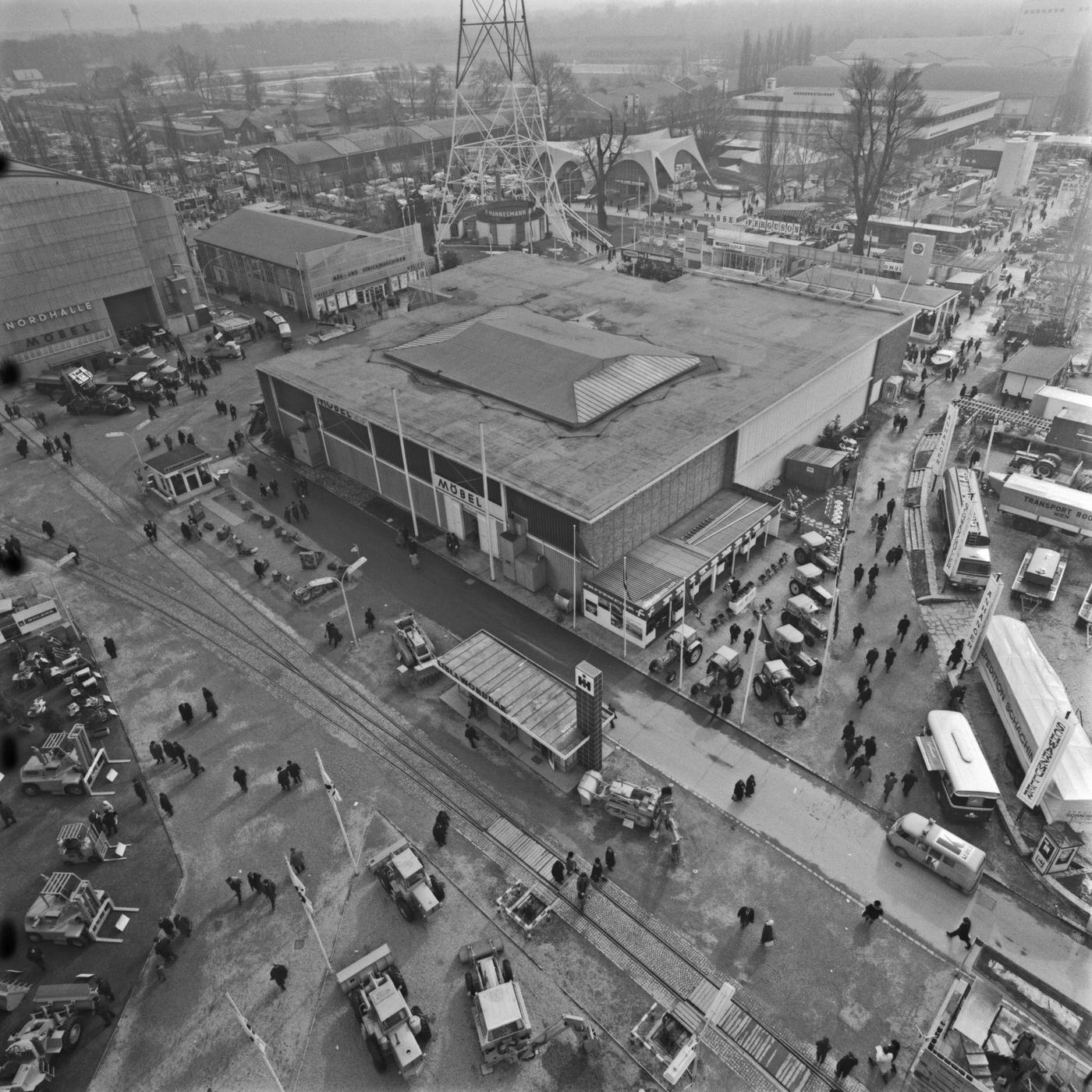





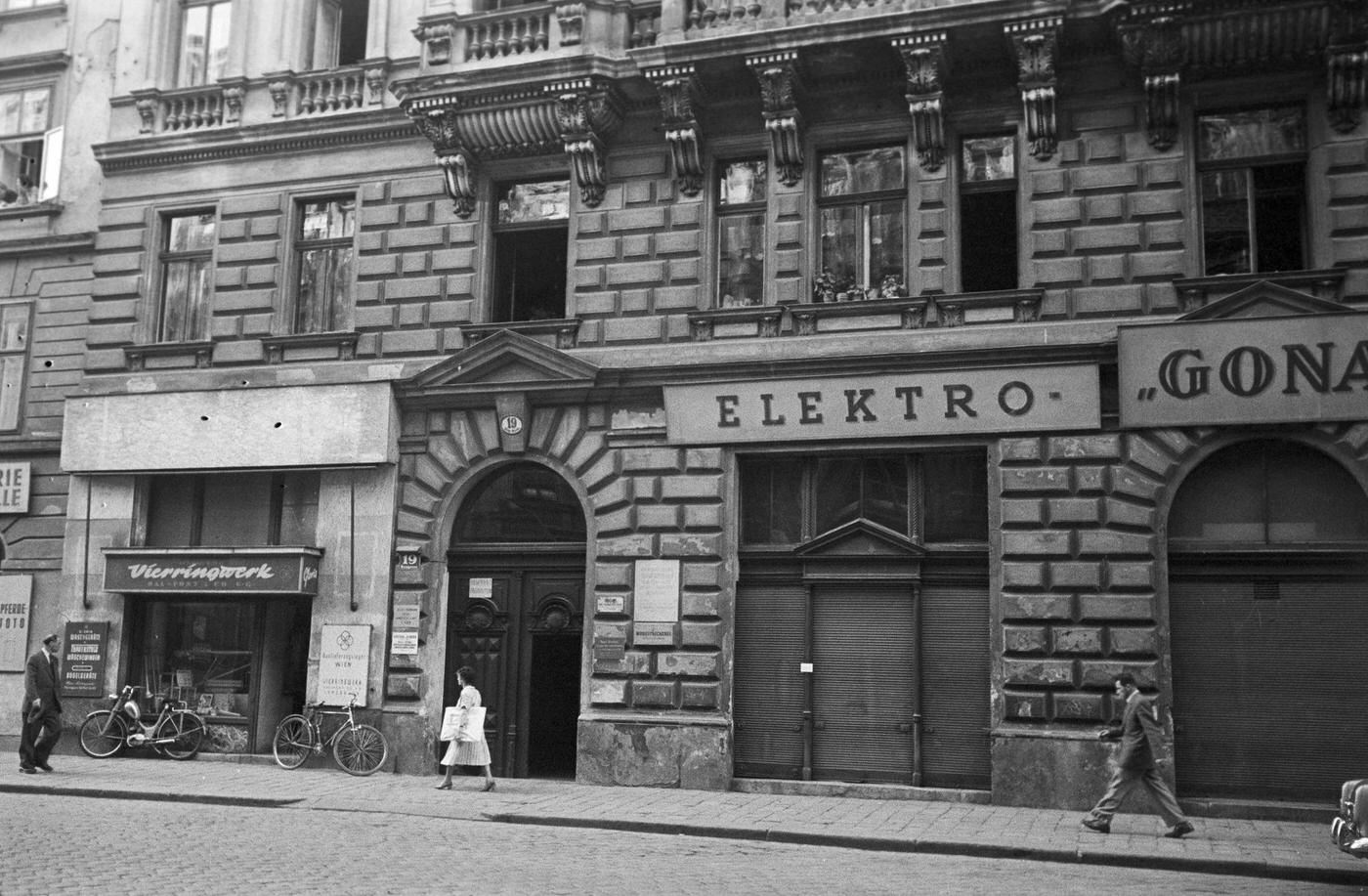













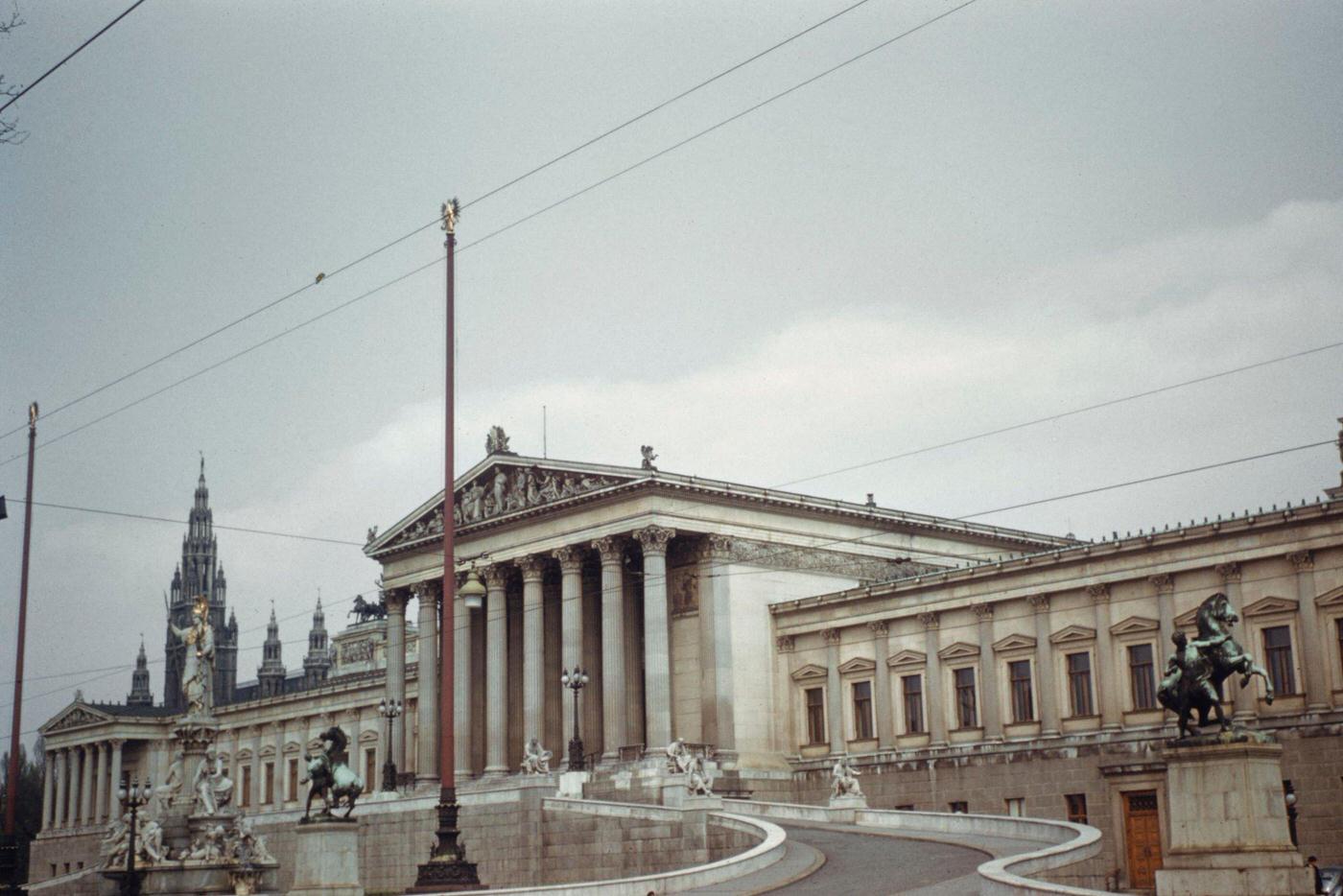






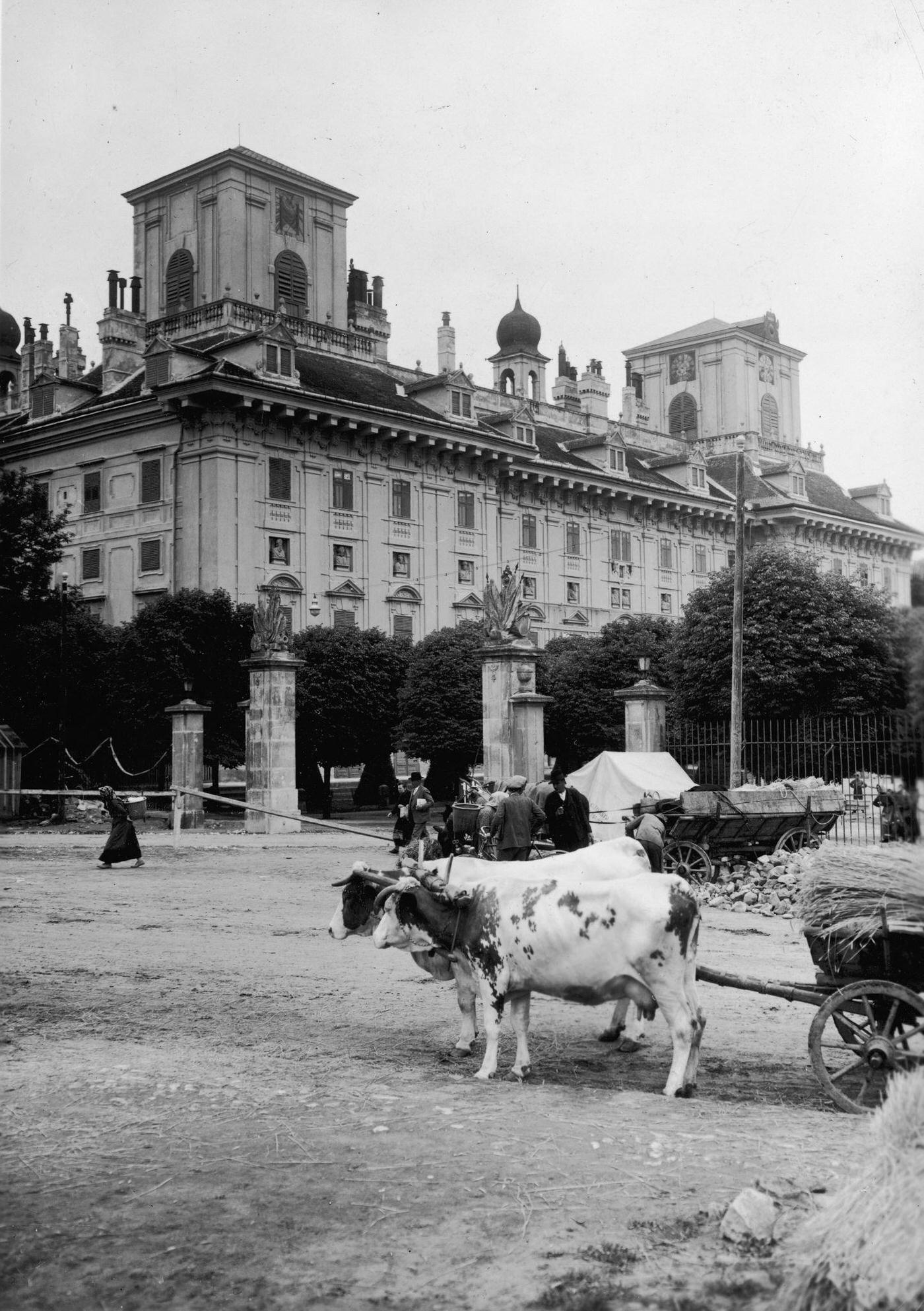












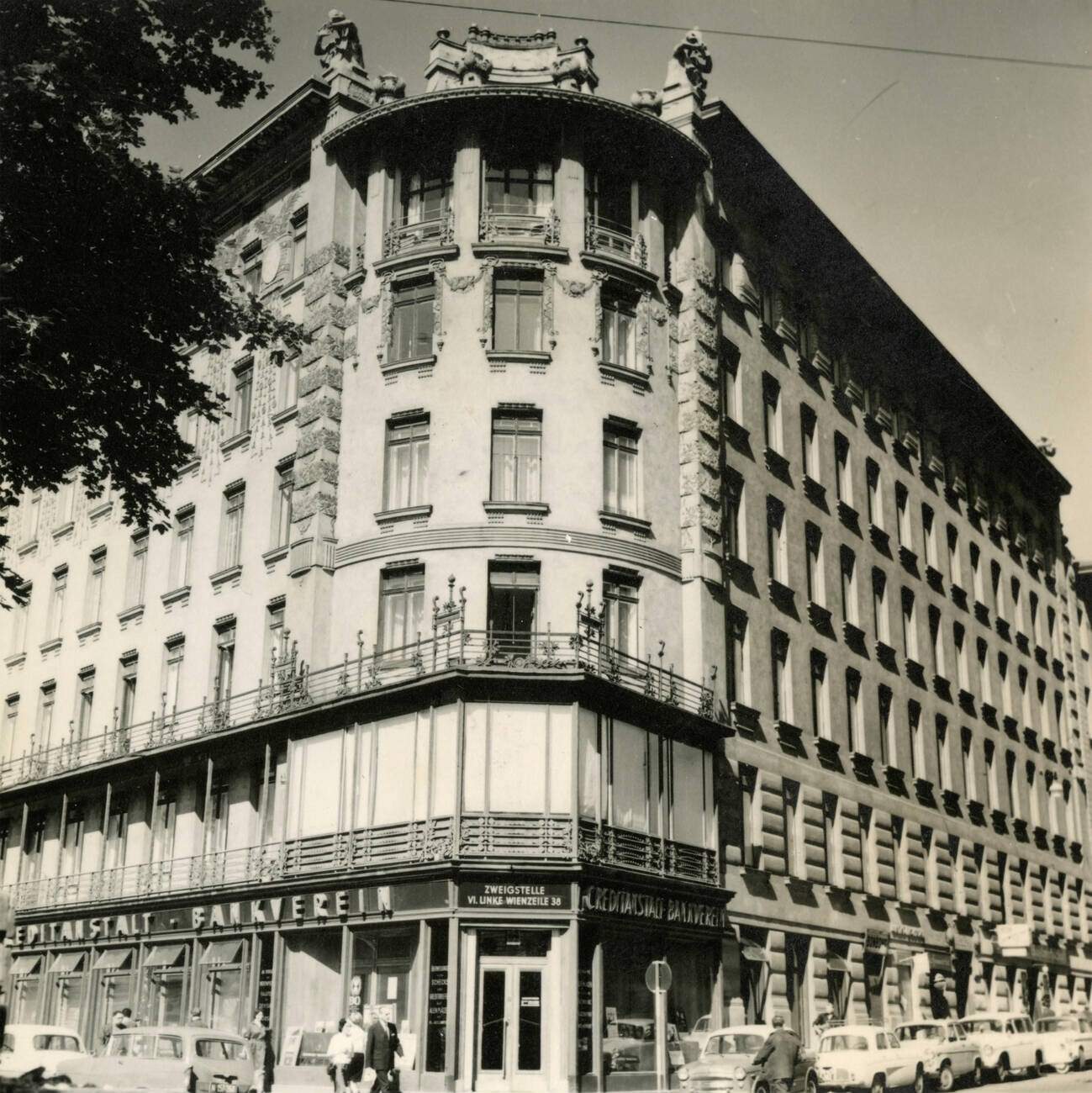





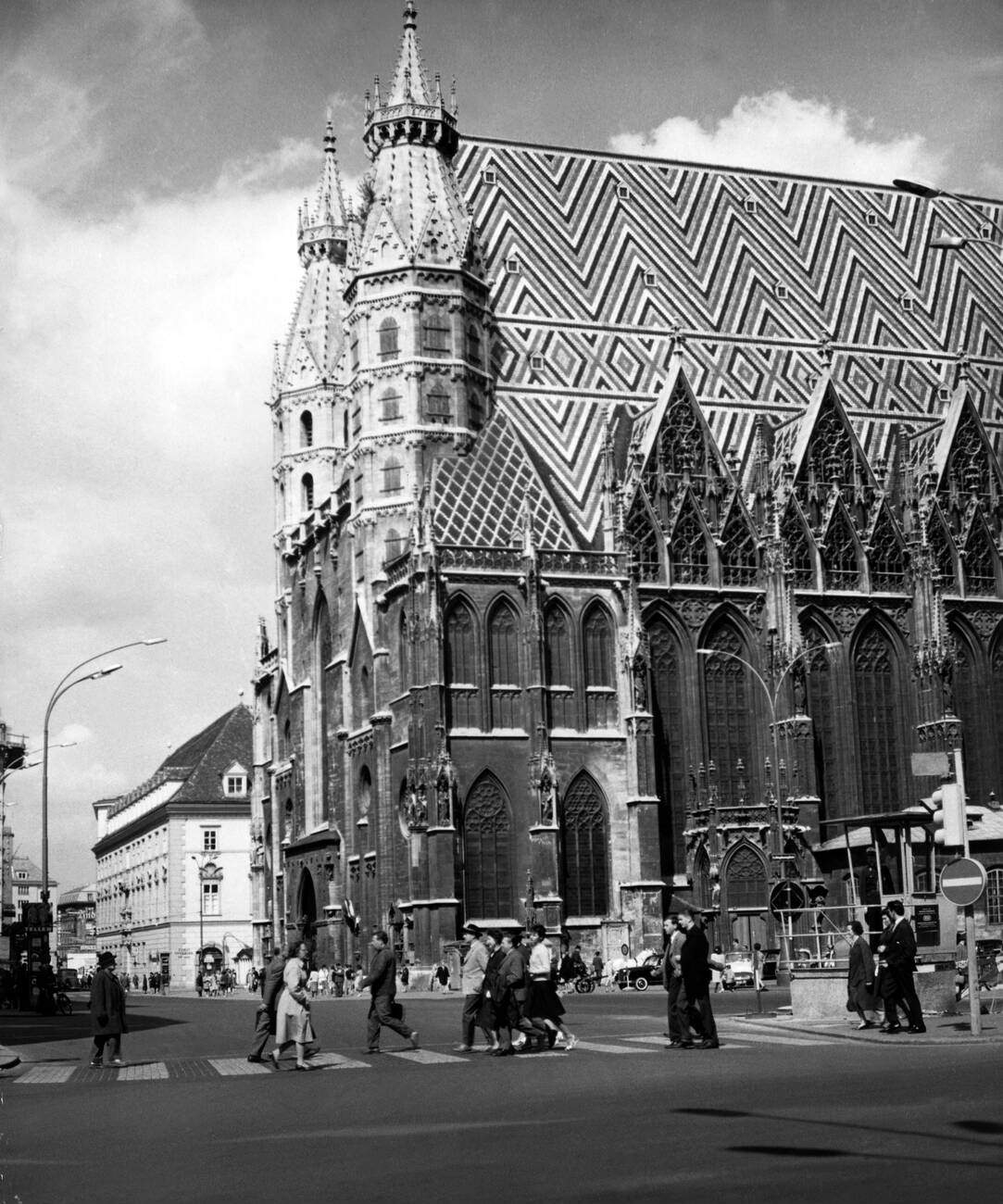













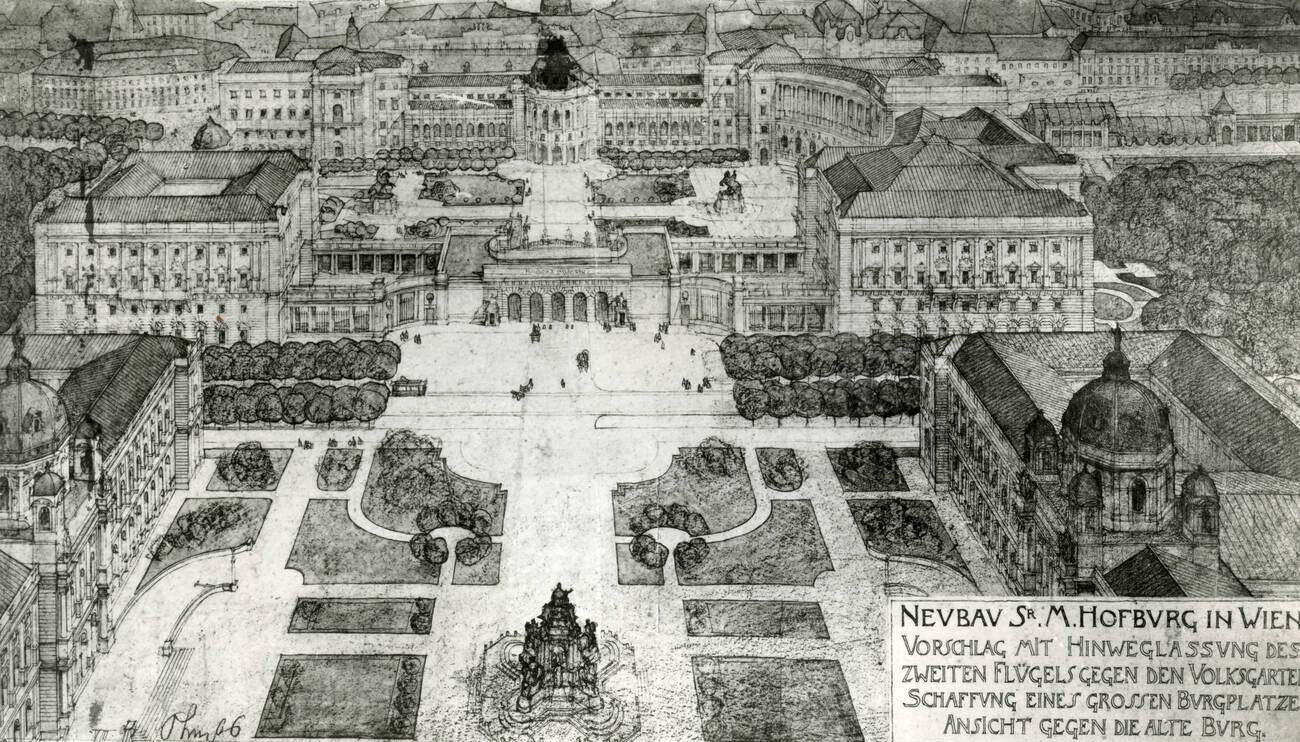







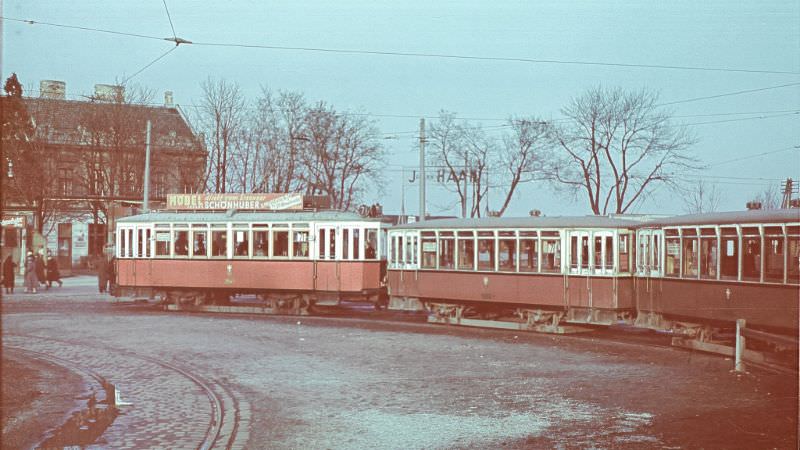



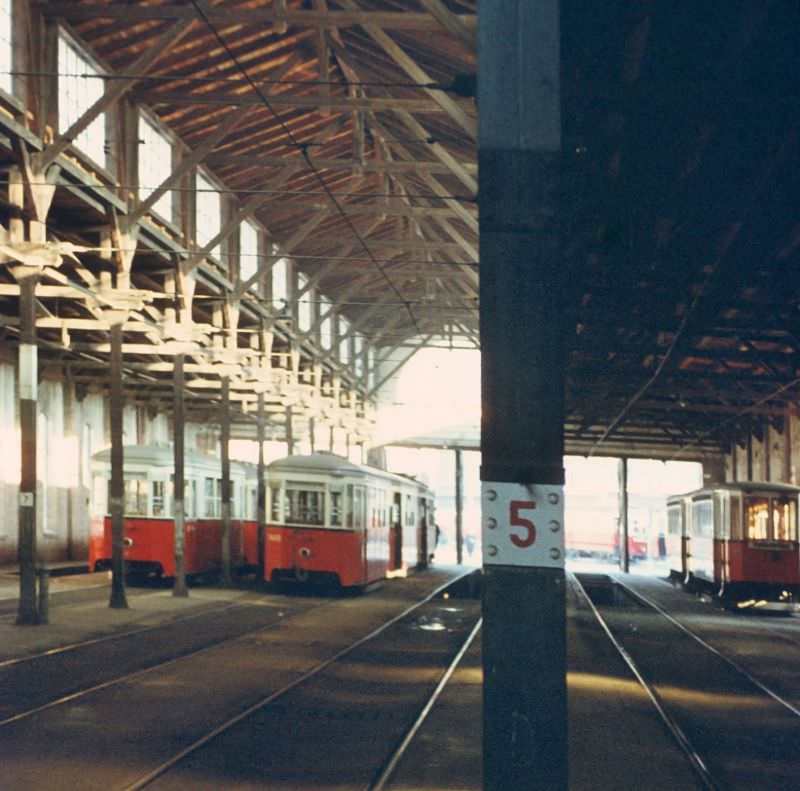

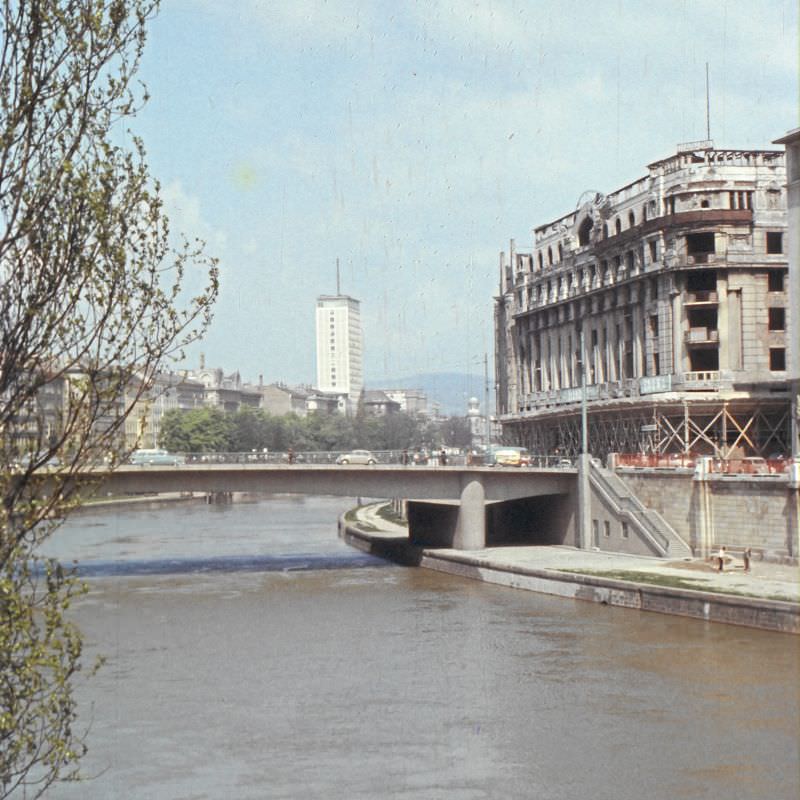
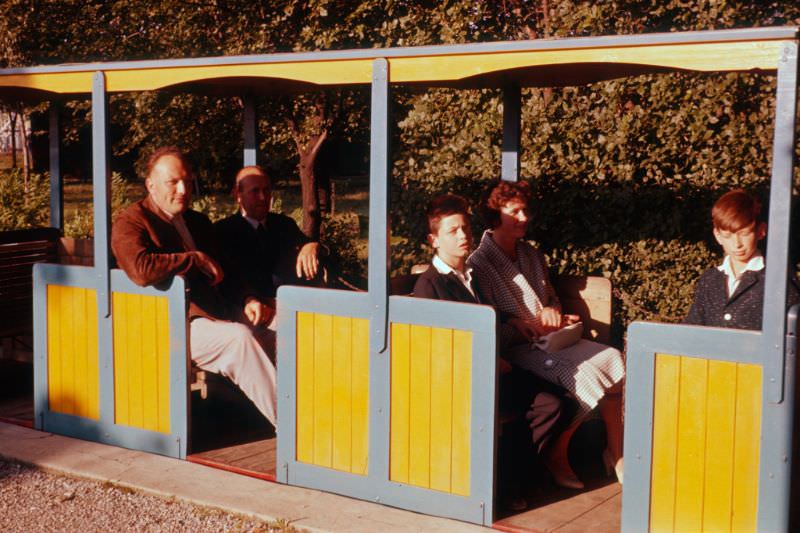






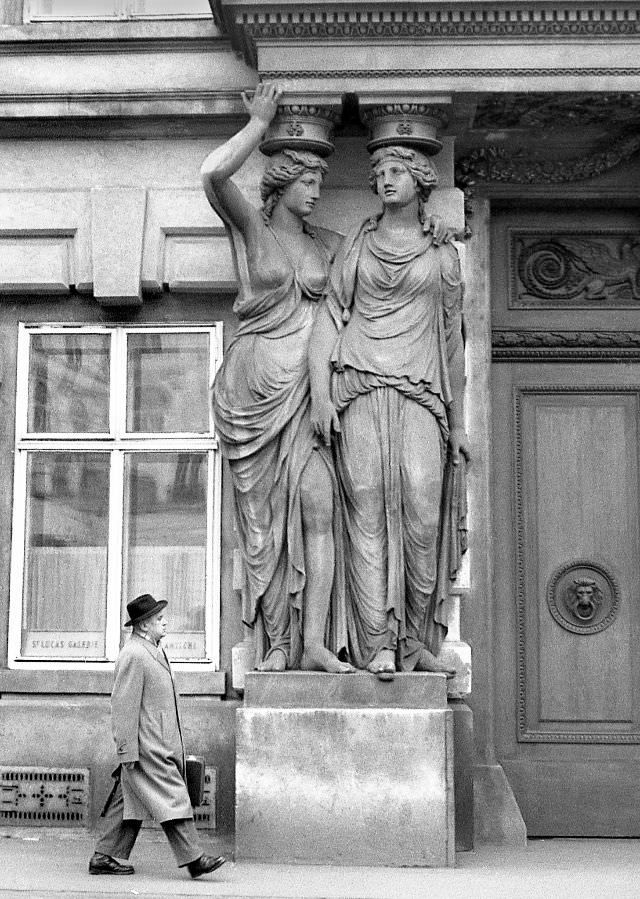







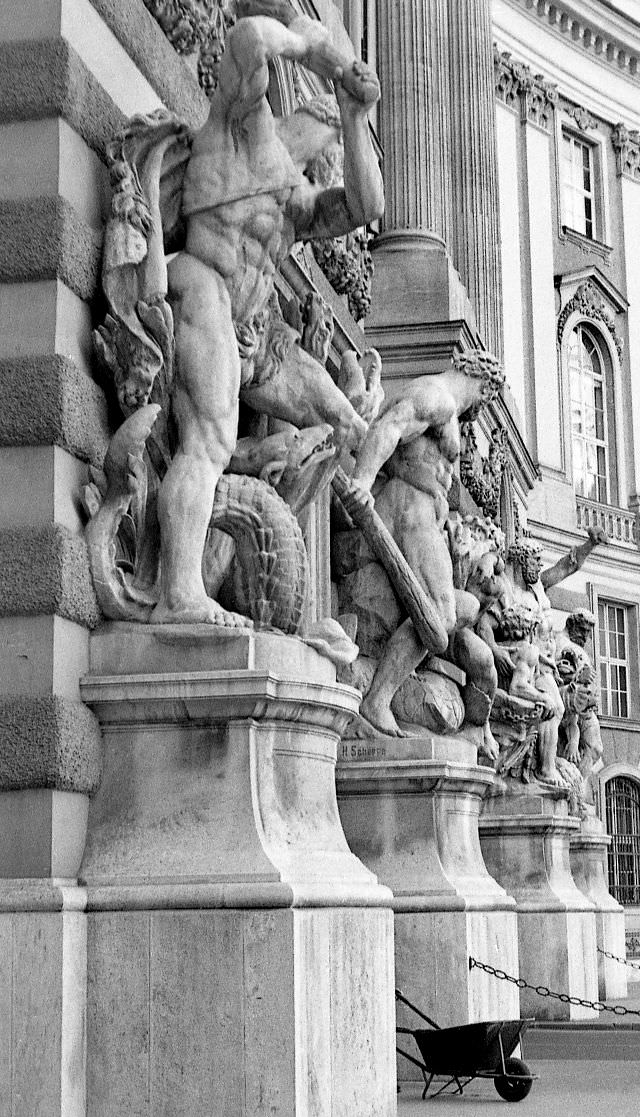



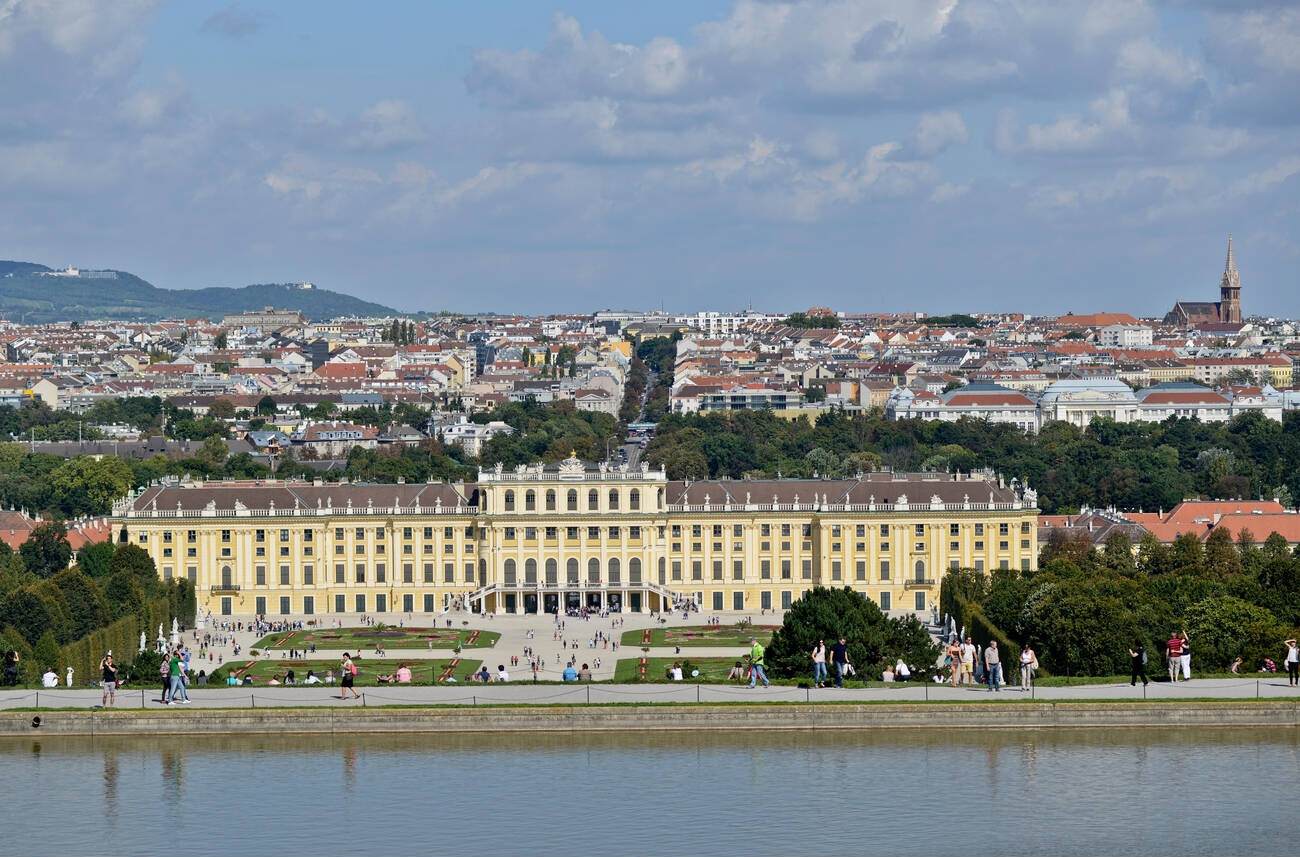


Amazing.